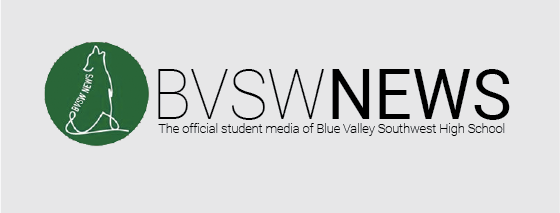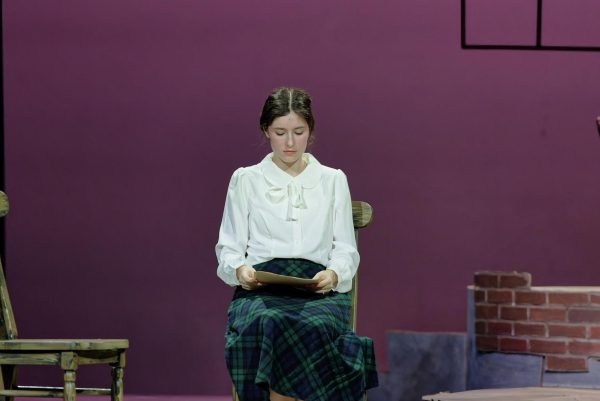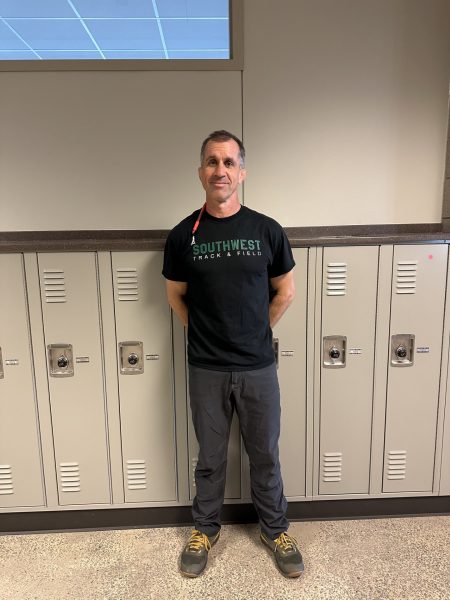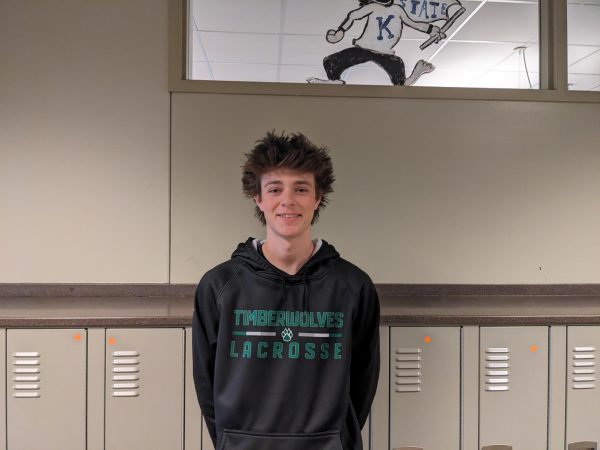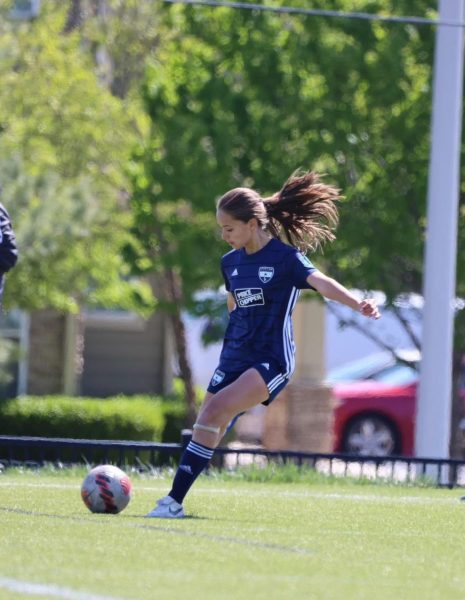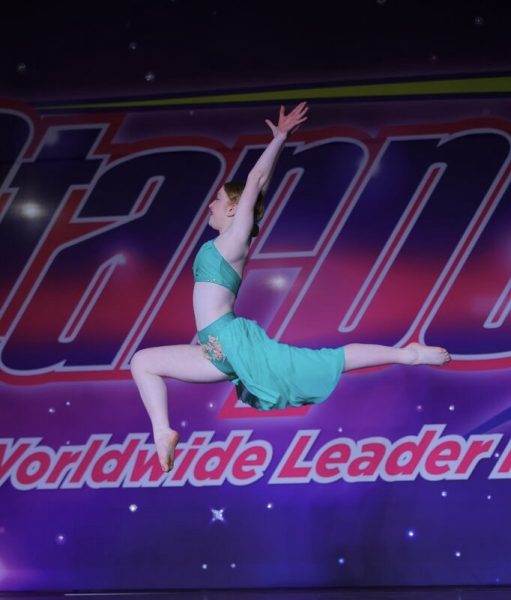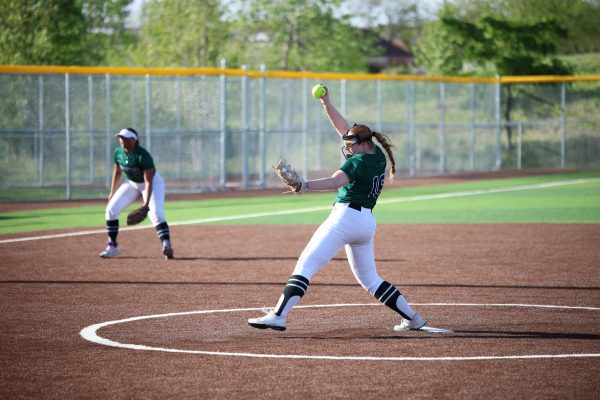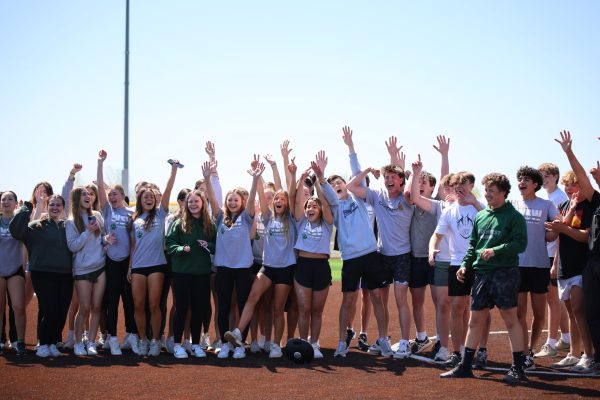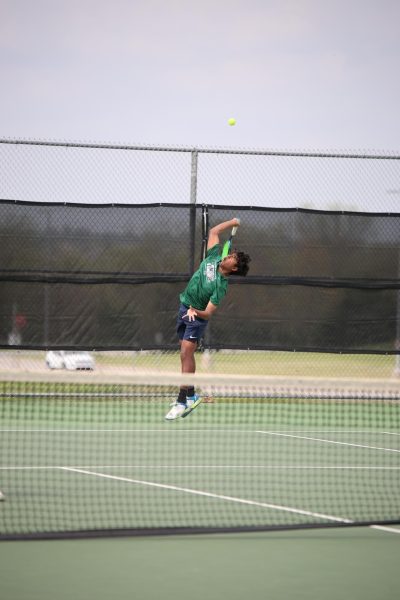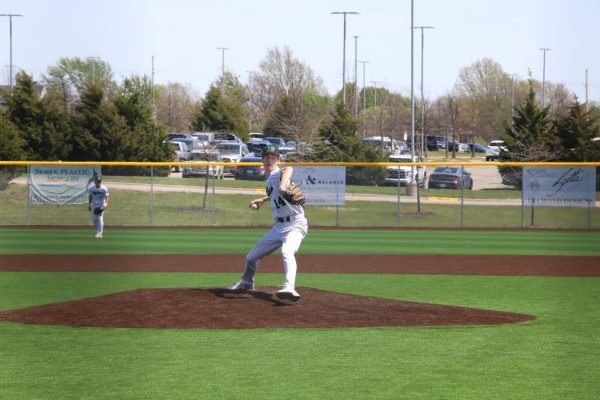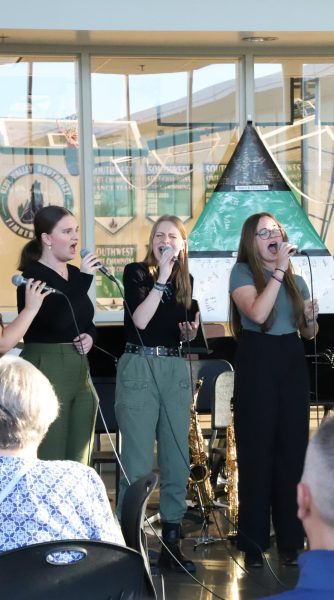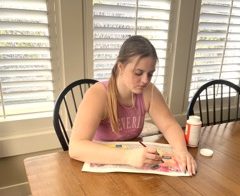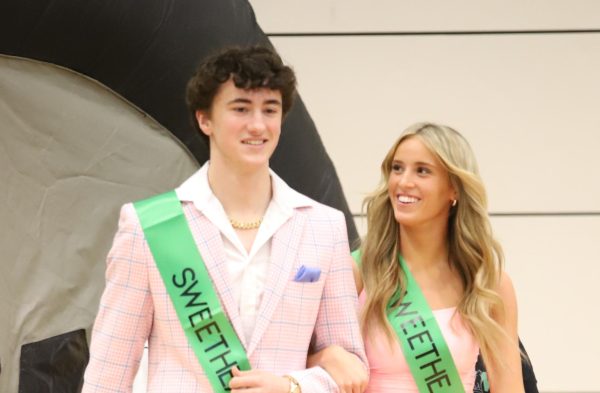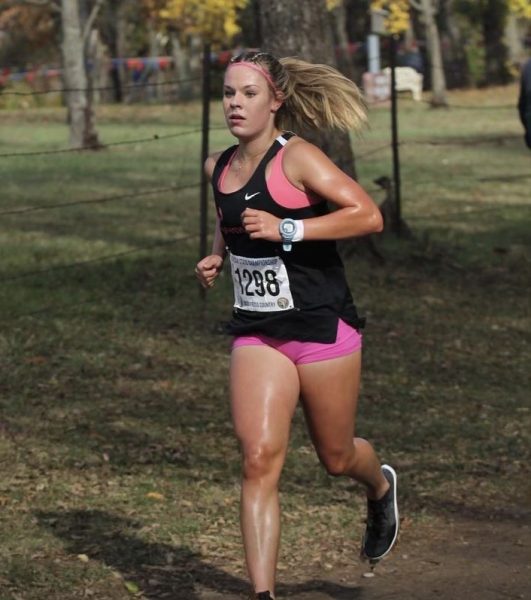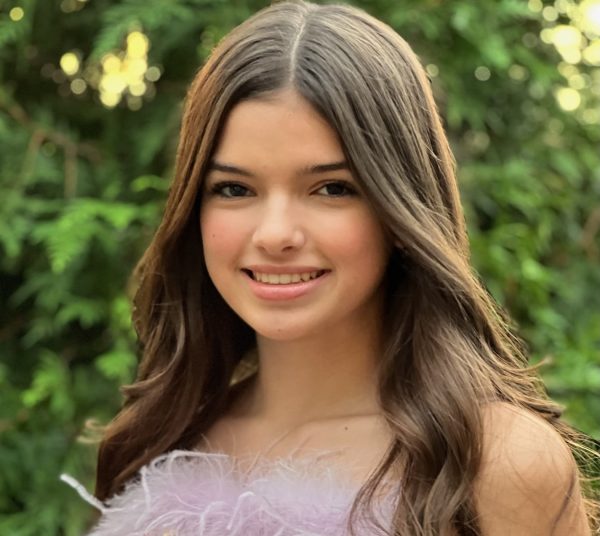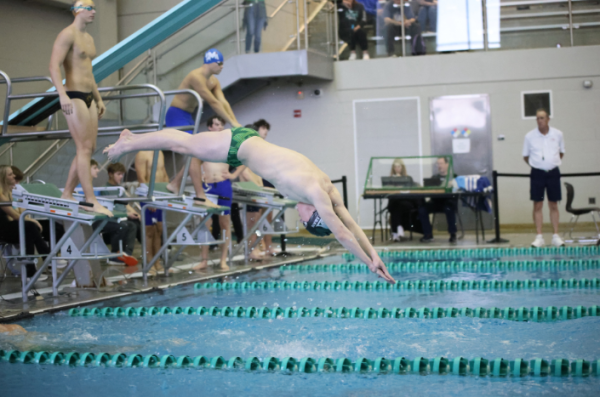Students and staff explain their reasons for fundraising
About five years ago on Christmas Eve, science teacher Chris Jenson was working his normal shift in the emergency room. A little boy, about two-and-a-half years old, came in. The boy had trouble walking and kept falling. Later that day, he was diagnosed with a brain tumor.
“His family was very upset, which was expected, and this wasn’t the first kid I had seen that was diagnosed with cancer; it [just] came at a really tough time of the year,” Jenson said. “But I think the thing that made me feel even worse about the situation was seven days later, the dad came in for a mental breakdown because he was already working two jobs and had taken on a third in anticipation of paying for his kid’s cancer treatment.”
For Jenson, this event is the emotional connection to his passion for pediatric cancer and the fundraiser Hoops for Hope. He decided it would be his mission to help parents like the one crying in the emergency room that day.
“I felt so bad for [parents with children who had cancer], and I felt so awful for that child [with cancer], and [seeing a parent] have to worry about money when they should just be worrying about their kid’s life seemed like so much for one person to take on,” Jenson said. “I just kind of decided that my thing was going to be help families fund the fight to better their child.”
Jenson is the sponsor for the yearly Hoops for Hope charity basketball tournament in the fall. Hoops for Hope raises money for pediatric cancer patients in Children’s Mercy Hospital and is currently the largest student-run event for the hospital. Though Southwest is currently the only school with the tournament, Jenson aims to expand it to one or two other schools in the district next year, and, eventually, to all five Blue Valley high schools. Hoops for Hope is also working with ESPN to spread the fundraiser across the country.
“The ultimate goal is to have all five high schools involved and furthermore, to create a ‘Hoops for Hope starter kit’ that any high school in America would be able to start up and get running,” Jenson said. “We’re trying to make it as easy as possible for them so they, in turn, can donate to their local hospital.”
Hoops for Hope is only one of the many fundraisers that speckle the school calendar year-long. Every few months or so, there is something new to donate to or participate in. For each of the many fundraisers at Southwest, students and sponsors work to plan, organize and carry out the event.
“It’s stressful for us to try to plan an event for more people, but it’s more fun to have a lot of people because, it would be kind of a let down if we only had like a hundred people there,” senior Kyle Mersch said. “But with 1600 or 1700 people, [Relay for Life is] really a fun experience to have.”
Mersch was one of the senior chairs for Relay for Life, a yearly fundraiser all five of the schools in the district hold. Relay for Life is an overnight event held in March to raise money for cancer research.
“If we ever want to find a cure for cancer, [fundraising for research] is really the only way,” Mersch said. “[The money] goes toward finding a cure and helping people later down the road.”
The Blue Valley Youth Relay for Life raises hundreds of thousands of dollars every year. Students walk a gym track from 7 p.m. to 7 a.m. and participate in various activities like beauty pageants and basketball games throughout the night. For some people, this event may just have been contributing money for a good cause, or a time to get together with friends, but for others, it’s more personal.
“My dad and mom both had cancer, so [Relay for Life] is like a way for me to fight back against cancer since I really couldn’t do much when they both had [it],” Mersch said. “[It was] just up to the doctors at that point, but now it’s my turn to fundraise and lead the fight against cancer that I couldn’t do before.”
Along with Relay, various other fundraisers in the school have the power to give people opportunities they wouldn’t have had before, like the organization Em’s Spotlight, where half the money from the Glitter Girls’ Dance for a Cause fundraiser went.
“[Em’s Spotlight] provides dance classes for girls who don’t have the means to actually go to a dance class,” junior Rachael Sorcher said. “[The dance team] just thought [Em’s Spotlight] was [a] really cool [organization], and it just kind of struck home because we’re all dancers and we know what it’s like to have to pay for dance classes and everything like that.”
Em’s Spotlight was founded in memory of a dancer, Emily Silverman, who died in a car crash. Her dream was to open a dance school where anyone could dance without having to worry about money and ability.
“I just think it [the fact that she was a dancer] hits my heart because that’s what I love to do too,” Sorcher said. “We’re not just a dance team; we do stuff outside of school, and I think [having the fundraiser] adds a good other part to the team.”
Passion is one of the many driving forces behind the implementation of multiple fundraisers in the school. Students and teachers alike, affected by personal events, strive to improve the community through these fundraisers.
Aside from the local community, fundraisers held here impact the whole world. Dodge to Donate, a Spanish National Honor Society fundraiser, helped children in South America through the organization Save the Children.
“We want to support specifically kids in South America just because it is dominantly Spanish-speaking, and that way it relates back to our club,” secretary of SNHS senior Ana McMullen said. “In a lot of our Spanish classes, we watch documentaries, and we learn about what it’s like in those other cultures and how underprivileged some people really are. We have so much and other people don’t, so I feel like if we were in that situation, it would mean the world to us if we had just a little bit of donations to buy necessities like food or clothing.”
Though fundraisers are about giving, they can have some unexpected benefits for the benefactor as well. Students and teachers think that community service and helping others have positive effects, not only for the receiving end of the help, but the giving as well.
“If we can create an environment where the students here enjoy giving back and feel excited about it, then that’s just as important as anything else I could teach you in the classroom,” Jenson said. “There’s a statistic that says if you can get young adults involved in something they genuinely care about and give back and create a positive experience, they are way more likely to do that for the rest of their life.”
Though the few fundraisers held at Southwest won’t solve all the world’s problems, students say it’s the sense that they’re leaving an impact for the future that drives them to do community service or fundraise.
“There’s a lot of people outside our community that need help and that need our time and of course we’re not obliged to do that — it’s a choice — but I think it’s a choice that we want to make,” McMullen said. “We’ll probably make like a few hundred dollars and that’s not going to make a huge difference to the world, but that’s a start.”
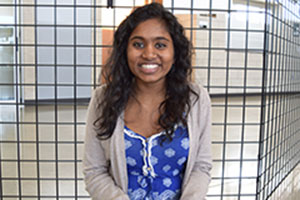
This is Sneha's first year on staff. Sneha is a junior taking way too many hard classes. She's an overachiever who actually enjoys school (sometimes)....
